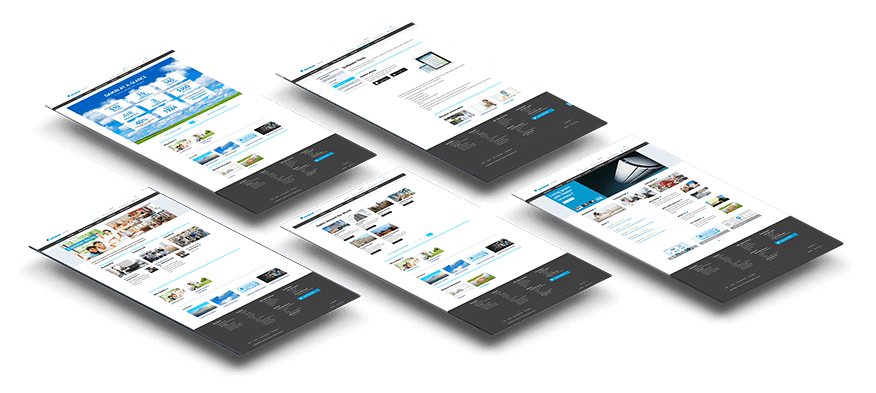

The building sector is one of the major energy users and greenhouse gasses emitter. This assessment includes a detailed investigation of the capabilities of the booster heat pump to increase the PV own-consumption and is also expanded to include various scenarios for the development of the electricity mix and the decarbonisation of district heating. Austrian examples of district heating systems and different variants of integrating heat pumps are investigated in a comprehensive way by means of an energetic and environmental simulation-based analysis. The best option depends on the individual district heating CO2 emissions and the electricity mix as well as on the perspective of the building owner versus that one of the district heating system and its future development. Heat pumps can be integrated in various ways in buildings and district heating systems: large central high-temperature heat pumps in district heating, medium-size heat pumps block- or building-wise or small heat pumps decentral apartment-wise. District heating seems a promising solution in urban areas and in existing buildings when the use of heat pumps is restricted and also technically and economically challenging (source exploitation, space restrictions, sound emissions, etc.). The use of heat pumps in buildings is one of the best and often the only option for the decarbonization of the building stock. Thus, the proposed inclusive Motivation-Objective-Criteria approach can incorporate homeowners’ engagement in the building retrofitting design process, serving as a decision-making supporting tool to accelerate building retrofit with maximised user acceptance and market penetration.


The sensitivity analysis results are conducted in this research, indicating that the optimal retrofit measures and baseline energy consumption input are in good agreement, with a 10% discrepancy. Moreover, the attic floor and external wall insulation are imperative for rental or sale- and investment-motivated types. The solar-assisted heat pump and air-water heat pump are not necessary under the retrofit motivation of the “investment” type. Besides, party wall insulation is fundamental for self-living- and rental or sale-motivated types. Comparing cost-optimal with multi-objective optimisation results, it is concluded that homeowners’ retrofit priorities have an apparent influence on selecting optimised retrofit measures. A UK semi-detached house is applied as the reference building to investigate the impact of homeowners’ engagement on the decision-making of various retrofit measures.Īccording to the cost-optimal results neglecting homeowners’ motivation, it is evident that the mismatch of optimal retrofit combinations occurs between the minimum Initial Investment (II) and Discounted Payback Periods (DPP), with optimal ERR of 72%-79% and 82%-93%, respectively. A novel Multi-motivation Performance Factor (MPF) concept is proposed to assess the holistic post-retrofit building performance with comprehensive retrofit combinations. Retrofit motivations are categorised into three typical types: 1) Self-living, 2) Rental or sale, and 3) Investment, under five objectives: Energy Reduction Rate (ERR), Initial Investment (II), Discounted Payback Period (DPP), Bills Reduction Rate (BRR) and Carbon Reduction Rate (CRR). To address this, we propose an inclusive Motivation-Objective-Criteria (MOC) approach, aiming to bring forward optimised decision-making for building renovation, accommodating different homeowners’ retrofit motivations, objectives and criteria. Limitations existed with a lack of in-depth and comprehensive understanding of the homeowners’ motivations in undertaking building retrofit. This is due to the fact that, during the building retrofit optimisation process, the decision-making criteria and objectives are generally optimised separately, and homeowners' motivations are often ignored or not carefully defined in most research. According to the EU Commission projection (2016/547/EU), the current average renovation rate is far below the expected rate of 3% to achieve carbon neutrality in building sectors by 2050.


 0 kommentar(er)
0 kommentar(er)
